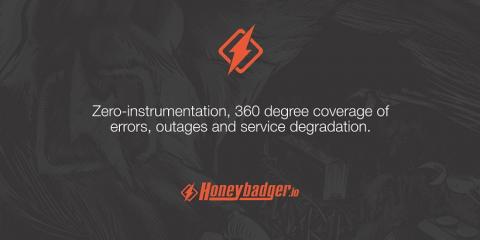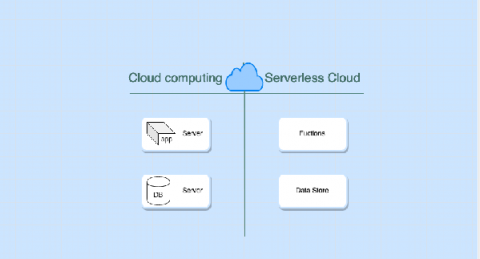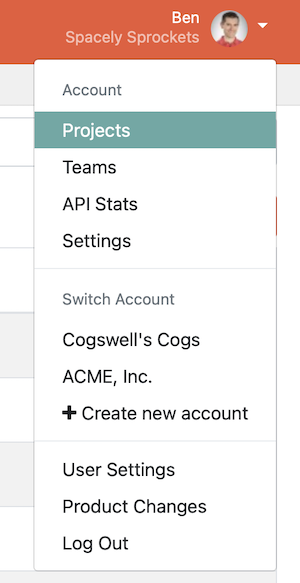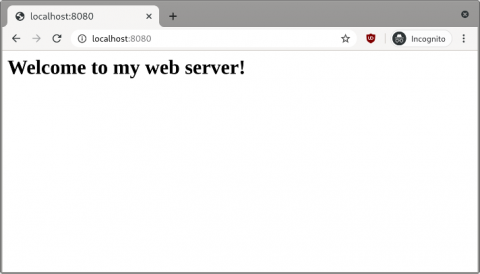Operations | Monitoring | ITSM | DevOps | Cloud
Honeybadger
Honeybadger's Awesome Promo Video
Are We Starting A Text Editor Holy War?
Monetizing Free Users And Recapping MicroConf
Logging in Ruby with Logger and Lograge
Logging is tricky. You want logs to include enough detail to be useful, but not so much that you're drowning in noise - or violating regulations like GDPR. In this article, Diogo Souza introduces us to Ruby's logging system and the LogRage gem. He shows us how to create custom logs, output the logs in formats like JSON, and reduce the verbosity of default Rails logs.
honeybadger.js is now universal
Some devs use JavaScript in the browser; some use JavaScript on the server. What if you do both?
Building, Testing and Deploying AWS Lambda Functions in Ruby
For quick, scalable, highly-available web services, few options compare to AWS Lambda. Just provide your code, add a little configuration, and you're done! In this article, Milap Neupane will introduce us to Lambda, show us how to get it working with Ruby and the Serverless Framework, and discuss reasons to use — or to not use! — Lambda in production.
Load Test Your Rails Apps with Apache JMeter
Every Rails app has a breaking point; a level of activity that it simply cannot handle. Your braking point depends on big architectural decisions, yes — and also on the tiniest changes committed by your most junior developer. That's why it's vital to regularly test your application's performance under load. In this article, Milap Neupane gives us a Rails-centric introduction to load testing with a powerful open-source tool called JMeter.
A big change: Accounts
In which we discuss upgrading our quirky billing system.
A Gentle Introduction to Web Services With Go
When you're deciding on a technology to use for your project, it helps to have a broad understanding of your options. You may be tempted to build a web service in Go for performance reasons - but what would that code actually look like? How would it compare to languages like Ruby or JS? In this article, Ayooluwa Isaiah gives us a guided tour through the building blocks of go web services so you'll be well-informed.










